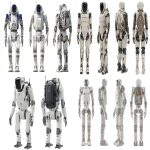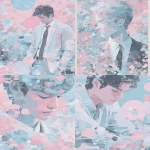Explore the Best AI Image Gallery
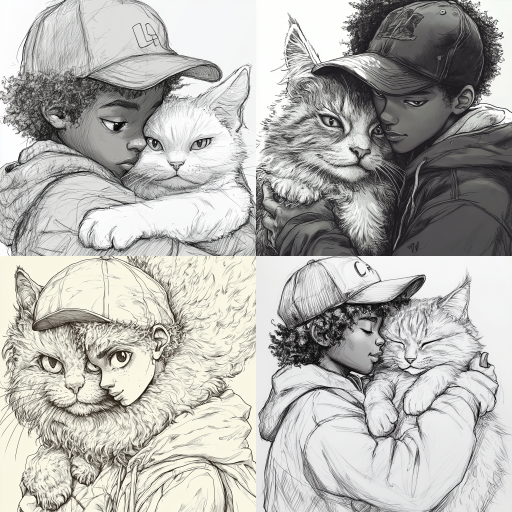
Transforming Creativity: The Role of AI in Graphic Design
The graphic design industry has undergone significant changes over the past few decades due to technological advancements. Today, with the advent of artificial intelligence (AI), the creative landscape is poised for yet another transformation. From automating repetitive tasks to generating creative concepts, AI promises to revolutionize how graphic designers work.
The Impact of AI on the Creative Industry
Artificial intelligence has infiltrated multiple facets of graphic design. Software tools that leverage AI algorithms can analyze vast datasets to identify trends and preferences, enabling designers to create more relevant and targeted visual content. For instance, platforms like Adobe Sensei utilize AI to enhance the design process by offering recommendations and automating workflows.
This technological shift empowers designers to focus more on ideation and creativity rather than mundane tasks. By streamlining repetitive functions such as resizing images, adjusting colors, or formatting layouts, AI can enhance productivity and job satisfaction among designers.
Potential Uses of AI in Graphic Design
The potential applications of AI in graphic design are vast and varied. Some key areas include:
- Image Generation: AI can generate high-quality images from simple textual descriptions through models like DALL-E and Midjourney, giving designers vast resources to draw inspiration from.
- Logo and Branding Design: AI-driven platforms can analyze consumer sentiment and market trends to create logos and branding elements that resonate with target audiences.
- Automated Content Creation: Tools like Canva leverage AI to automate the creation of social media graphics and marketing materials, making design accessible to a broader audience.
- User Experience (UX) Design: AI can analyze user interactions to improve UX design, helping designers create interfaces that are intuitive and user-friendly.
- Color Palette Generation: AI algorithms can suggest color combinations based on design principles and current trends, facilitating the creative decision-making process.
Ethical Considerations
While AI offers tremendous advantages, its adoption also raises essential ethical questions. One of the primary concerns is copyright and ownership. As AI-generated designs become more prevalent, the line between original creation and AI assistance blurs. Who owns the rights to a design generated by AI? Is it the designer who input the initial parameters, the software company, or the AI itself?
Moreover, there is a risk of homogenization. As designers increasingly rely on AI for inspiration, there’s a concern that creativity may become formulaic or derivative. The uniqueness that characterizes human creativity could be diminished if AI becomes the primary source of design work.
In light of these challenges, it is imperative for design professionals to remain vigilant. They must ensure that their use of AI complements rather than replaces their distinct style and vision.
The Future of AI in Graphic Design
The future of AI in graphic design is both exciting and uncertain. As AI technologies continue to evolve, their ability to understand human emotions and contextual subtleties is expected to improve, enabling even richer and more nuanced creative outcomes.
Some trends to watch include:
- Collaborative Creativity: Designers and AI will likely become partners in the creative process, with AI tools offering suggestions while leaving the final decision-making to human designers.
- Increased Personalization: AI will facilitate hyper-personalized designs tailored to individual user preferences, enhancing engagement and brand loyalty.
- Emergence of New Careers: As AI evolves, new roles and specialties may arise in the graphic design industry—such as AI prompt engineers and design ethicists—who will navigate the intersection of technology and creativity.
In conclusion, AI is not merely a tool for graphic design; it is a catalyst for innovation that challenges traditional norms and offers exciting new possibilities. As the industry adapts to these changes, the key will be to leverage AI's strengths while maintaining the unique artistic vision and sentiment that only human designers can provide.
](https://images.ai-img.art/thumbnails/150/b93ff02e8145ec36a1337c9591ba493046fffe25da3fb27c5bc20c76e27bcf8e.webp)
](https://images.ai-img.art/thumbnails/150/228ffc2dfabb85e4688d4c603287c51bb0f3a762c3f237cfa0ff5fa4dde7acad.webp)
](https://images.ai-img.art/thumbnails/150/71eb1006aa4f7ebf09319f4b64387a036dc68d76d44a370f3a16f812a234cda1.webp)
](https://images.ai-img.art/thumbnails/150/4e5d62b5aed6a77b4dffeec3ffdccffa2f0a6967a782d4a5567f87e5961d317b.webp)
](https://images.ai-img.art/thumbnails/150/efaf06146107a894b06d2cfcc3e33f1d6c604aa937d0ef178fe857176dec98b3.webp)
](https://images.ai-img.art/thumbnails/150/de6d043cfd879d8e35cd83c1bf6b118568a49aa0372fca552408ef1ee462cb5b.webp)
](https://images.ai-img.art/thumbnails/150/61946f91f9ac08d3dabdfa742361d5c297d4373ead3f40a737a7c463347e1ebb.webp)


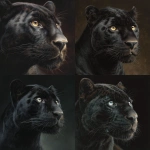
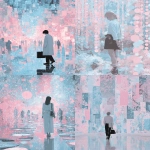
](https://images.ai-img.art/thumbnails/150/aa3fc6267f4e289062f5676a47aa867d7c4e257101d4821662d04a69a854f914.webp)



](https://images.ai-img.art/thumbnails/150/214a0bf688580cbf4770f90416448007273004a5a79c3126a436d9780ddade59.webp)
](https://images.ai-img.art/thumbnails/150/775726b98c22d9f0943839a6cdc06727571d928150371eaae4176ca1cac279d8.webp)
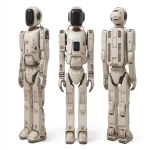
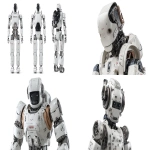

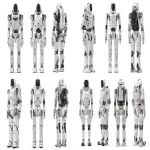


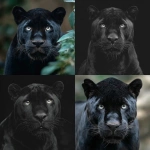


](https://images.ai-img.art/thumbnails/150/8a5f4389478f1363aa7b8d5147b6af124f9d67fa0f768f6bbf59a1bcff84d3c3.webp)
](https://images.ai-img.art/thumbnails/150/ce6f7abbf530670ea363bf29a491df1f2ccff1836fbbd1a0a9be61eb8e1bc2f8.webp)



](https://images.ai-img.art/thumbnails/150/46afdc8f877493ec11d13738afb813cf6c265ef0b057e684d6ac123d4805012b.webp)
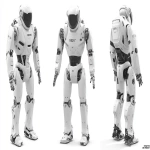
](https://images.ai-img.art/thumbnails/150/5689a865c4a32ca32dfea0e47003908bd48de3f11c73c506d15afa3783629e01.webp)
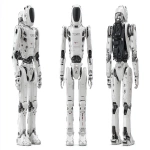



](https://images.ai-img.art/thumbnails/150/6a78e5ce99f9d6ca69a53c8a5bfc8f42e48bfa5123826761dc374285dbe72f8e.webp)


](https://images.ai-img.art/thumbnails/150/7b14e5a9f4885b25c71f272375abcebb12d1161f4df138d27eb6bf94e88bb8a0.webp)





